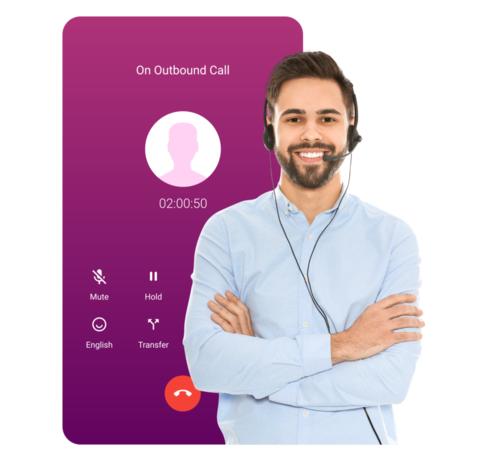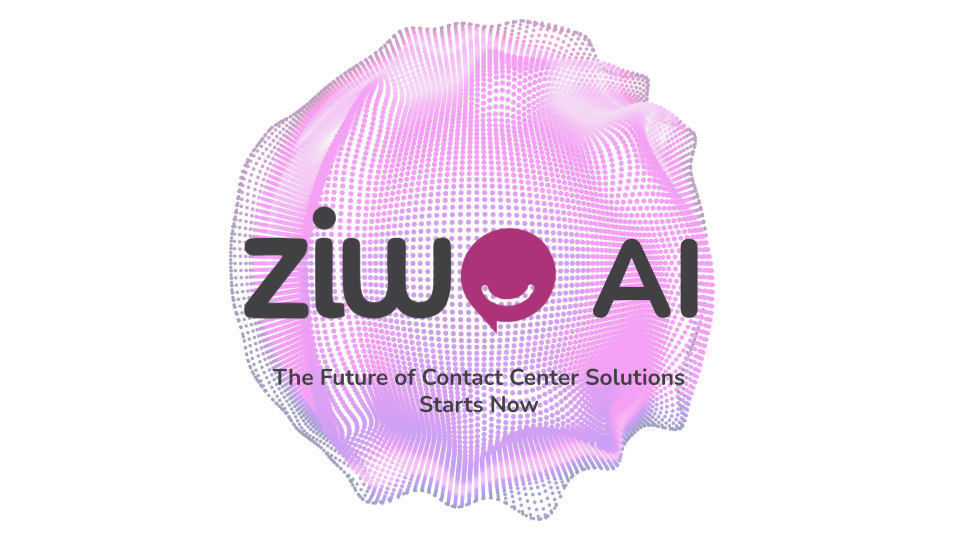نشرت على Nov 14, 2023
Strategies for a Productive First Contact with Clients
Take time to focus on the First Contact with Clients, so you can adjust the customer experience (CX) strategy to provide the best service.
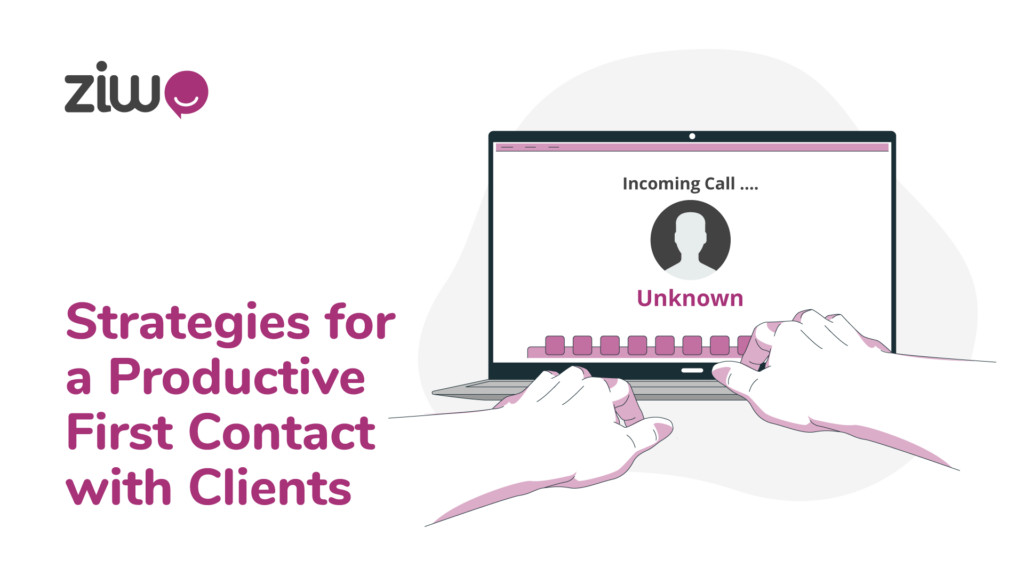 Working with regular clients is easy and pleasant. They are already familiar with the company and have a good understanding of your products and services. In addition, they are ready to forgive agents for small mistakes and generally treat you in a friendly manner.
Working with regular clients is easy and pleasant. They are already familiar with the company and have a good understanding of your products and services. In addition, they are ready to forgive agents for small mistakes and generally treat you in a friendly manner.
A completely different matter is people who contacted you for the first time. Any mistake or even a small misunderstanding can lead to the client leaving your business. Therefore, it is very important to pay special attention to the first contact. Often, it will determine how fruitful and profitable your further cooperation will be. And we’ll tell you how to conduct this conversation correctly in this article.
Where does the first contact with a client begin?
As we noted above, when making the first call, the client often knows nothing about your company. Perhaps he knows the name, some general details, and a short list of goods and services. But nothing about how you work, about the level of your service. And it begins even before the agent’s immediate response. You can show yourself from the best side, for example, with a competent IVR (interactive voice menu). Name your company, let the customer choose the subject of the request, and immediately direct him to the appropriate employee who can speak the same language if possible.
Already at this stage, he will understand that you are trying to help resolve the issue and are not leaving him alone. And then the conversation itself begins. And here’s what to do with it.
We have discussed in a previous post some tips on how to become a customer-centric company, since it is a related topic, it will be really helpful to take a look at it for more improvements.
How to have a first conversation?
It should be immediately noted that the first contact (and approach to it) will be different from all following calls from this client. You also need to prepare for it accordingly. In general, all incoming WhatsApp messages from new clients can be divided into two large categories, which will depend mainly on your business. An incoming call can come from a private client, in a B2C model, and from company representatives in a B2B model.
The recommendations for both cases will be approximately the same, except for one important detail – when talking to a business, do not hesitate to use Google. Yes, during a conversation, open your browser and start searching by the name of the company whose employee is calling you. This way you can find out initial information about the company that wants to work with you and make a good impression with your knowledge.
How To start the first contact with a client:
First Stage
So, the first thing you need to do is tune in to the conversation. This is especially important if you are making an outgoing call. Be friendly, open, and patient. Remember that things that are obvious to you may be completely incoherent to another person and be prepared for the fact that many things will have to be said several times. We described in detail Telephone Etiquette Tips For Agents in one of our articles.
Another important rule that may seem trivial is to be sure to greet the client and introduce yourself at the very beginning of the dialogue. Moreover, you need to say both the name of the company and your name and title as well.
The first is necessary so that a person immediately understands that he has called the right address, and the second is important for establishing an emotional contact between the brand and the client. Still, it is more pleasant for a person to communicate with a person, and not with a faceless representative of a company.
In addition, be sure to ask the name of the caller. Here it is important to remember how the person introduced himself – if by his first name and last name, then the entire subsequent conversation, he should be called with the names given. If the client only told you his first name, then we recommend you use his first name throughout the call.
Second Stage
After the introduction is completed, you can smoothly move on to the core of the conversation. Asking the right question will help you find out, and try to sound friendly and caring. It is important to avoid formalities such as “How can I help you?” and closed questions that the client can answer in one or two words. Ideally, write down all possible questions in scripts in advance and use them depending on the scenario.
Also, take into account the question “How did you hear about us?” – it will not be possible to answer it in a few words, and the person will start talking, and this is your main task.
Third Stage
After establishing contact and clarifying the purpose of the call, it’s time for the next step – you need to make the client interested in your offer. To do this, even at the preparation stage, you need to answer the question:
“Why should the client choose us, or our service? What advantages set us apart from our competitors?”
Write down all the advantages in a separate list and use arguments from it at the right time during the conversation.
When planning, try to start not from your product, but from the theoretical “problems” and pains of customers and how your offer can solve them.
Fourth Stage
After presenting the product or service and generating interest in it, two outcomes are possible. You either close a deal and your company has a new loyal client, or he has objections along the way to purchase and you need to work on them. Download this white paper about handling sales objections.
How to do it right?
First, it is necessary to identify the true cause of objection. Often, behind the first objection lies a reason that is not always mentioned. Based on this, listen carefully to the client.
Secondly, select sufficiently convincing arguments, and don’t argue with the caller. Even if his problem seems untenable and not serious to you. For him, this is a serious obstacle to the purchase, which means you need to deal with it accordingly.
And finally, here are some really nice tips To use during the first contact:
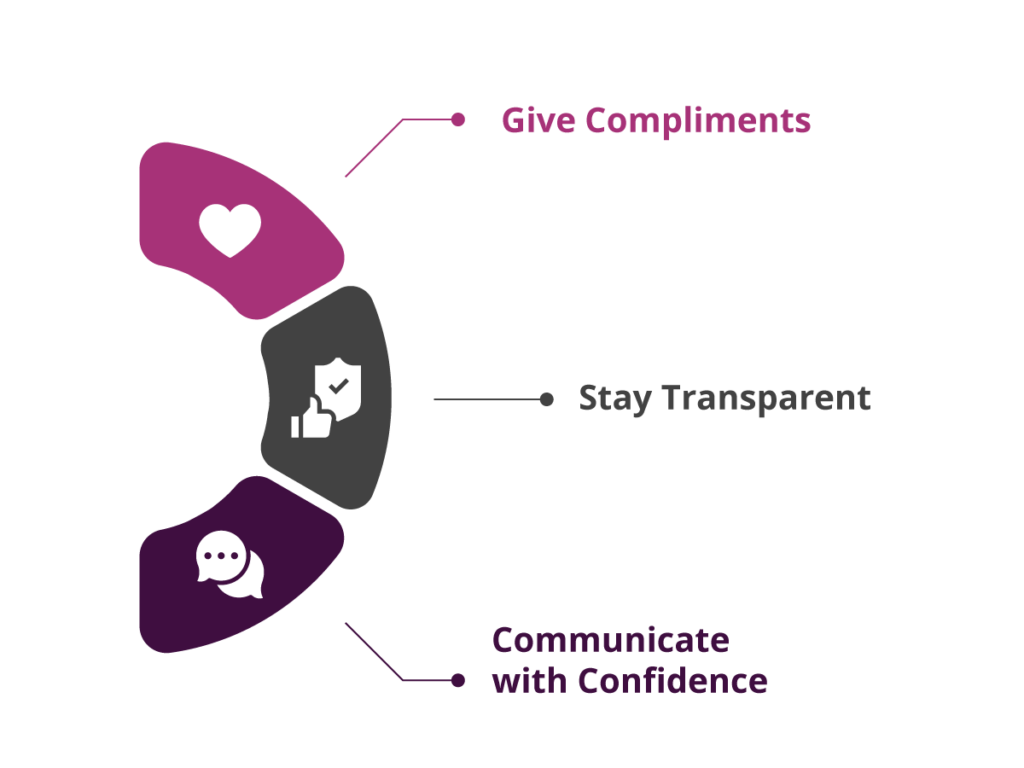 Give Compliments
Give Compliments
You should not downgrade yourself or flatter the client, but phrases like “you have good taste” and “I see that you understand the topic” will help you win the person over and make things smoother with him.
Stay Transparent
Transparency sets the foundation of an open, honest, and lasting relationship with any client. In this case, you need to tell clients what they need to know. Some examples are being upfront about announcing policy updates or pricing changes or even letting a client know about your mistakes as soon as possible, and when talking about any mistakes that occur, you need to remember to explain how you will solve these mistakes and provide an accurate timeline for it.
Communicate with Confidence
Not the simplest advice, as it might seem at first glance. Especially if large business owners turn to agents. Show that you are equal partners and are entering into a deal that will benefit both parties equally.
قراءات
أحدث الأخبار
مقابلات، نصائح، دليل، أفضل الممارسات في الصناعة، وأخبار
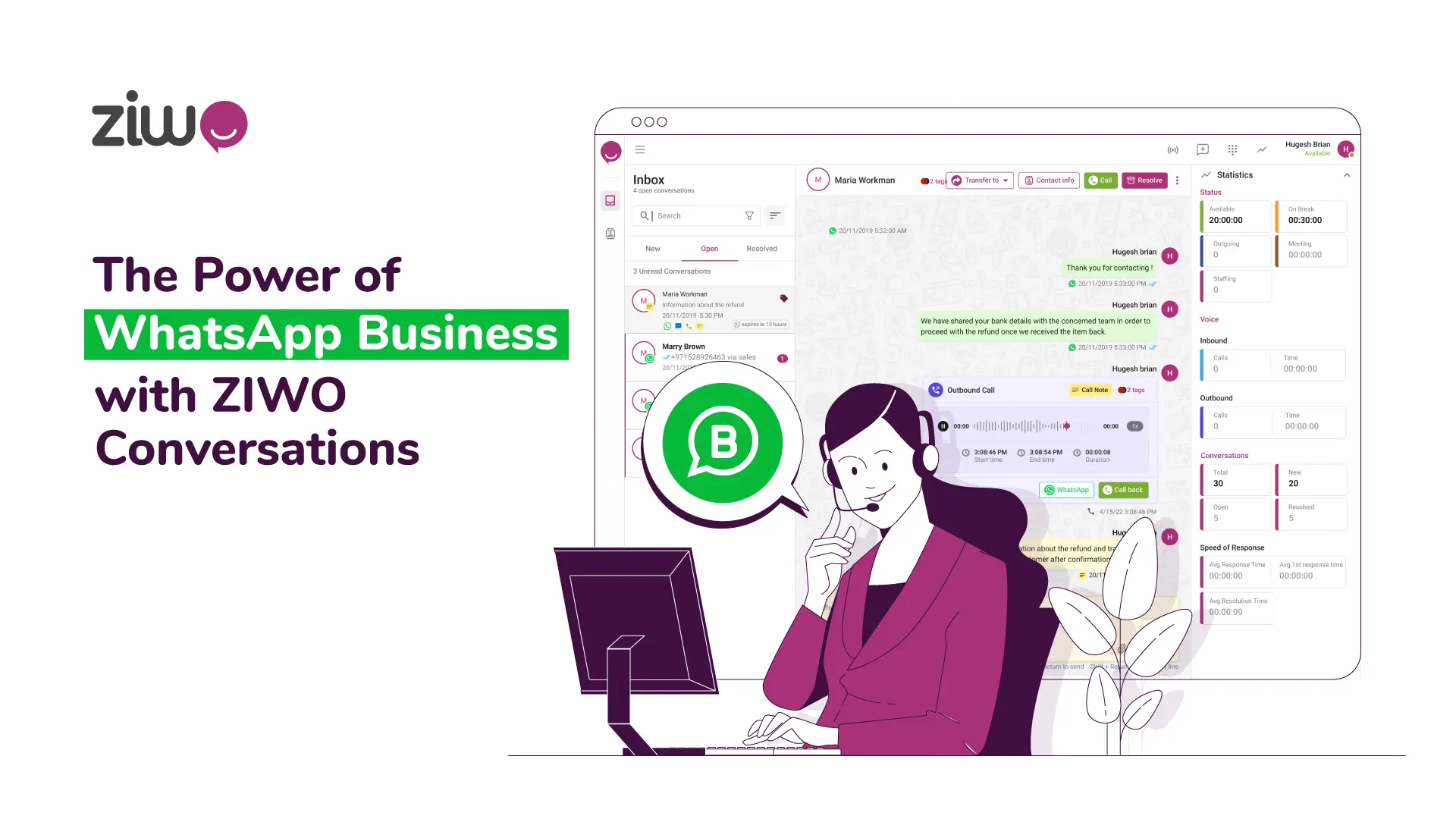
The Power of WhatsApp Business with ZIWO Conversations
ZIWO Conversations is recognized as the premier WhatsApp Business Companion, elevating both customer experiences and team collaboration to a higher standard.
اقرا المزيد
Pause and Resume Call Recording – Benefits & Industries
agents can manually pause and resume call recordings, Once an administrator has enabled the feature, agents will see a button on the dialpad
اقرا المزيد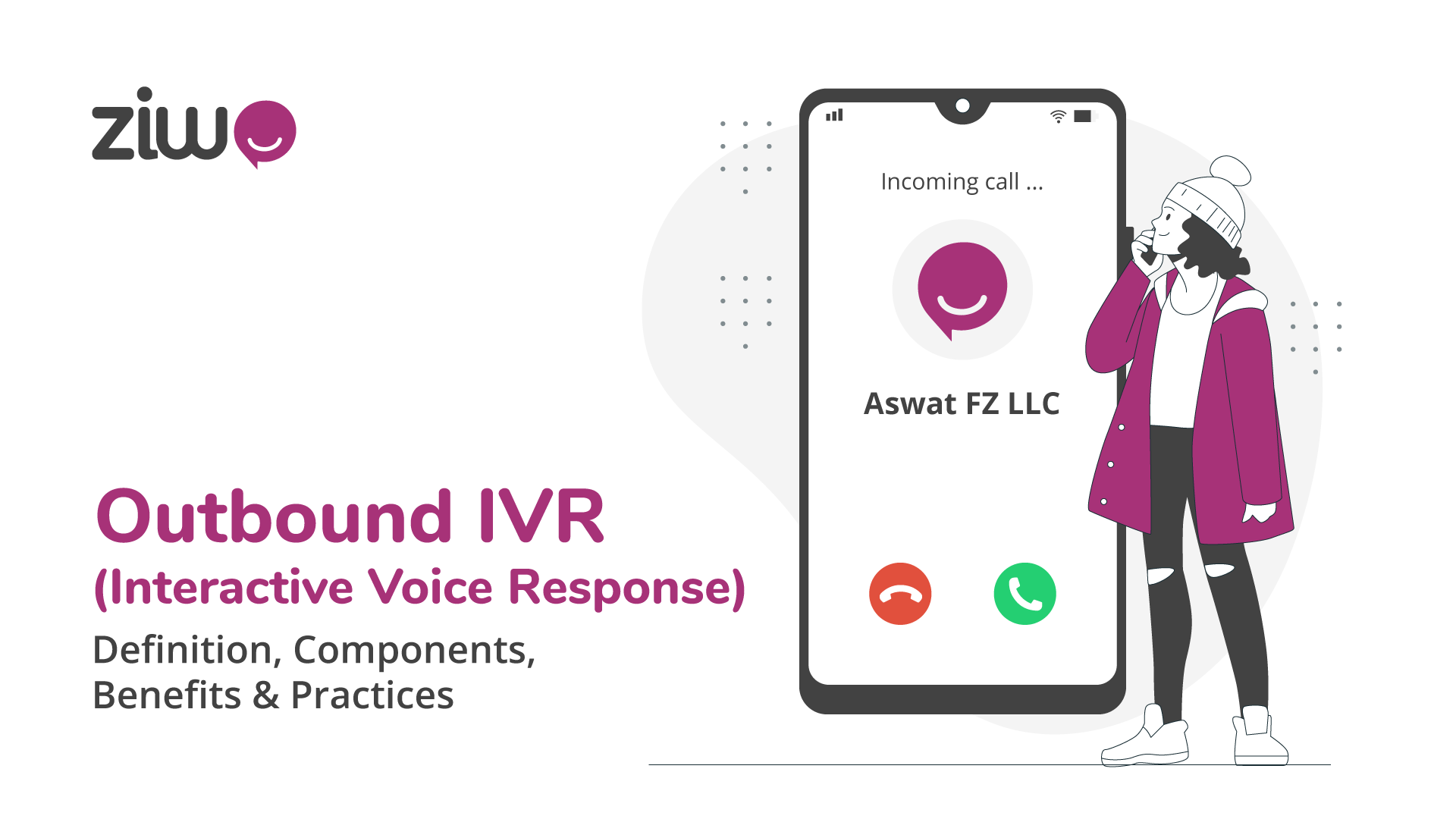
Outbound IVR (Interactive Voice Response) – Definition, Components, Benefits & Practices
Outbound IVR feature is a contact center tool that is used to proactively distribute communications to customers with a predefined IVR menu.
اقرا المزيد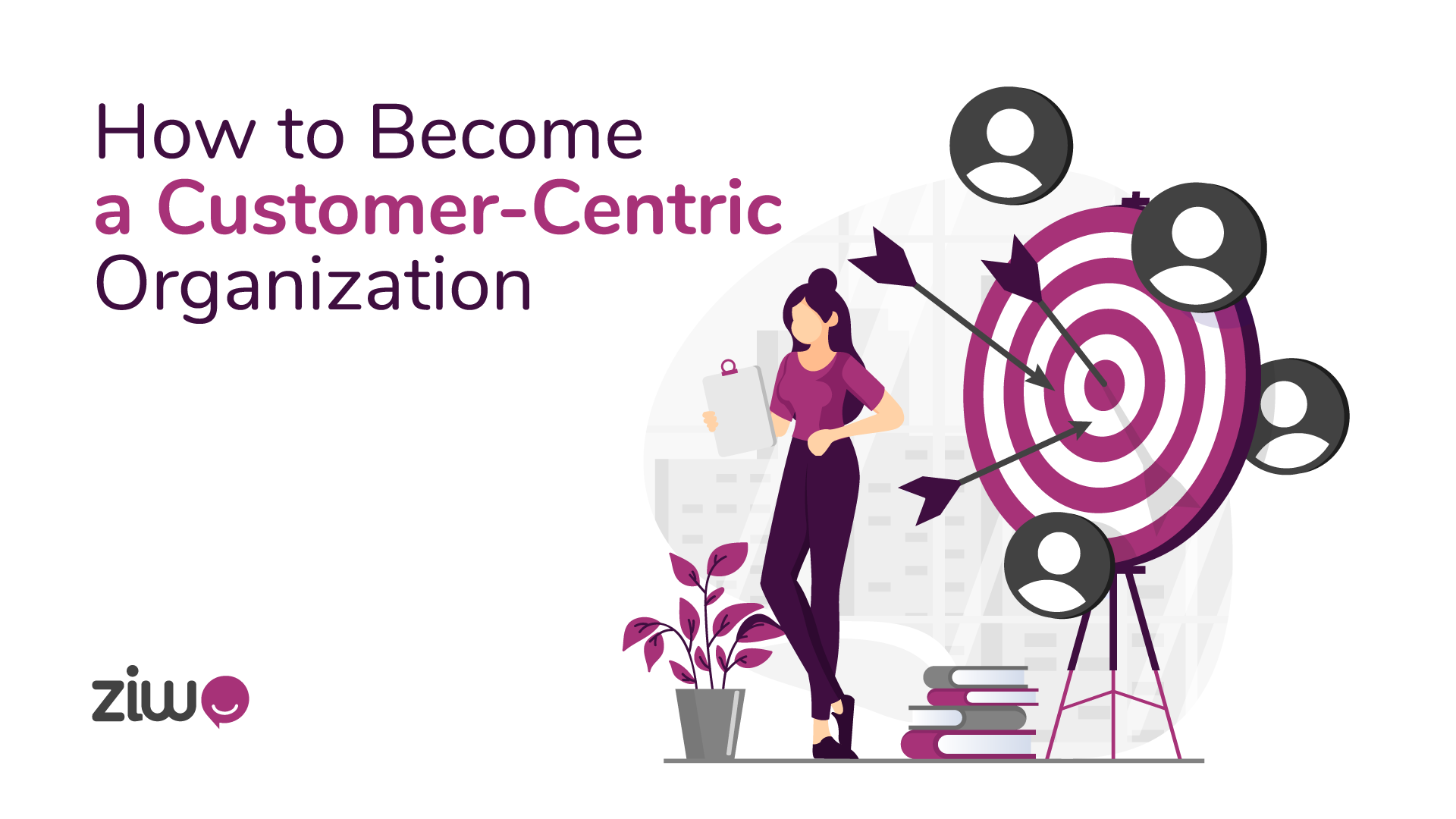
How to Become a Customer-Centric Organization
Ways to Build a customer-centric culture in your company, customer-centricity needs to be part of your philosophy, values, and mission daily.
اقرا المزيد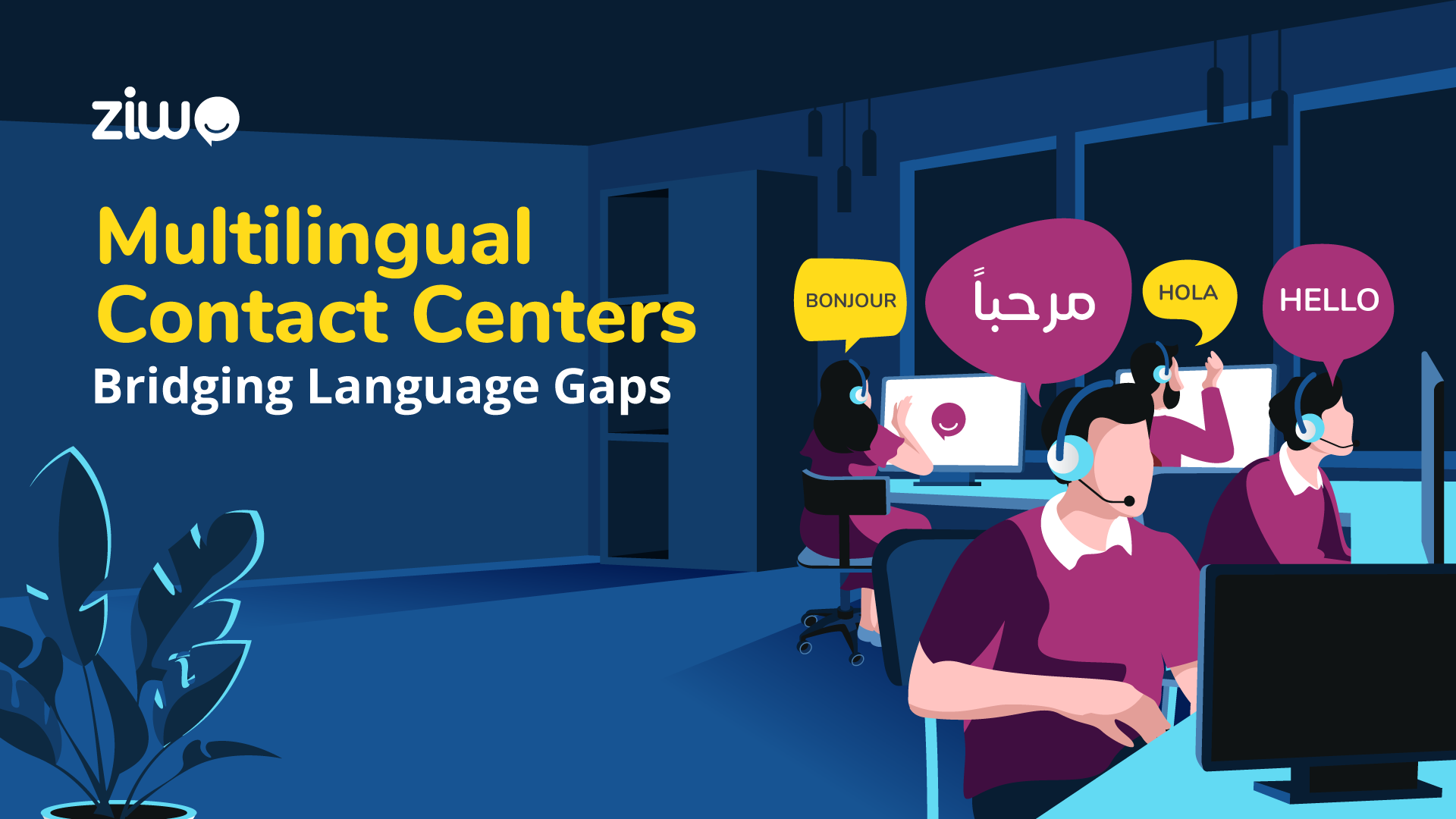
Multilingual Contact Centers: Bridging Language Gaps
Discover how multilingual contact centers overcome language barriers to deliver outstanding assistance, thereby elevating customer experience
اقرا المزيد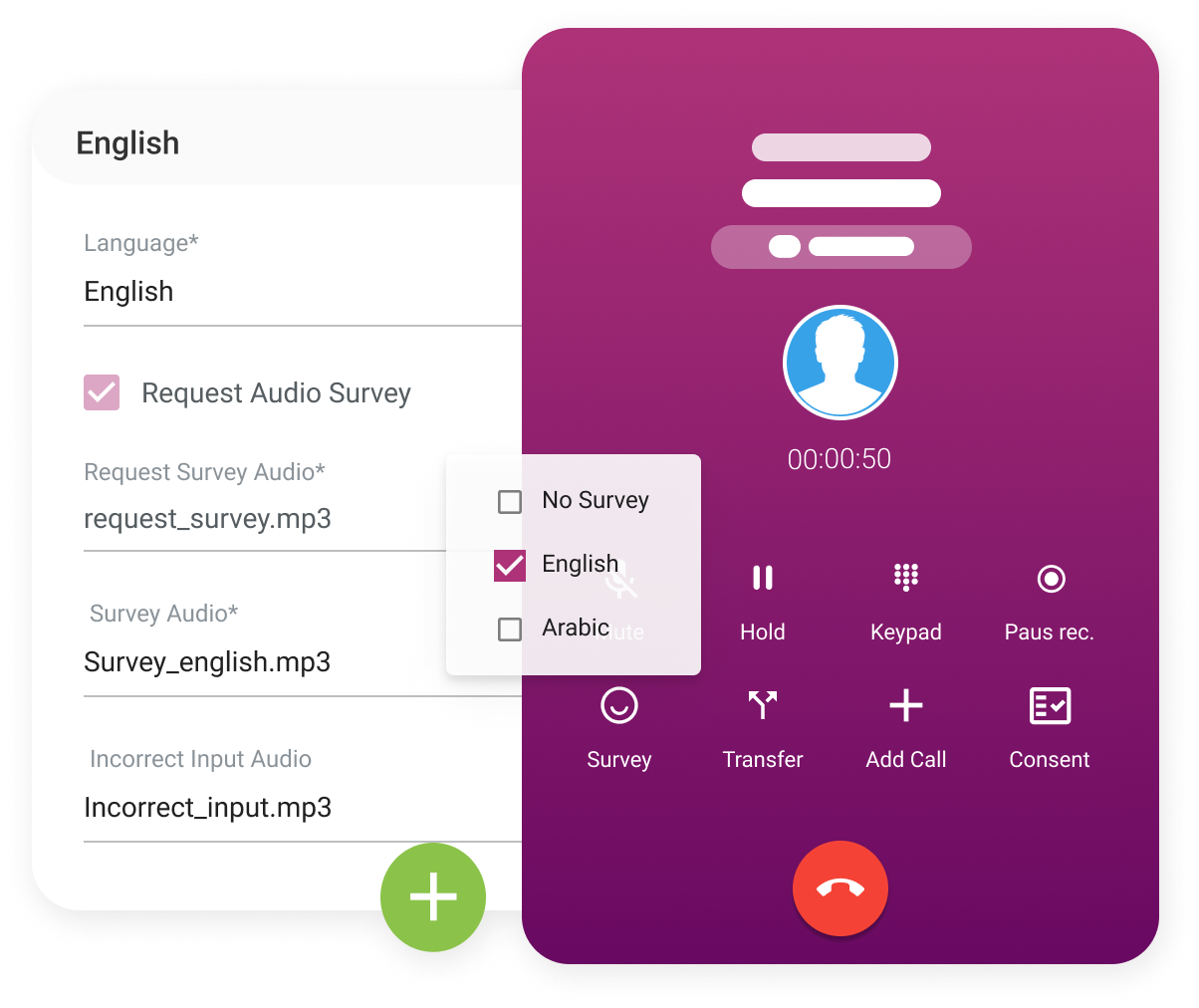
Listening to Customers with End-Call Surveys
Listening to Customers with End-Call Surveys refers to the process of collecting customer feedback about a business, its products, & services
اقرا المزيد